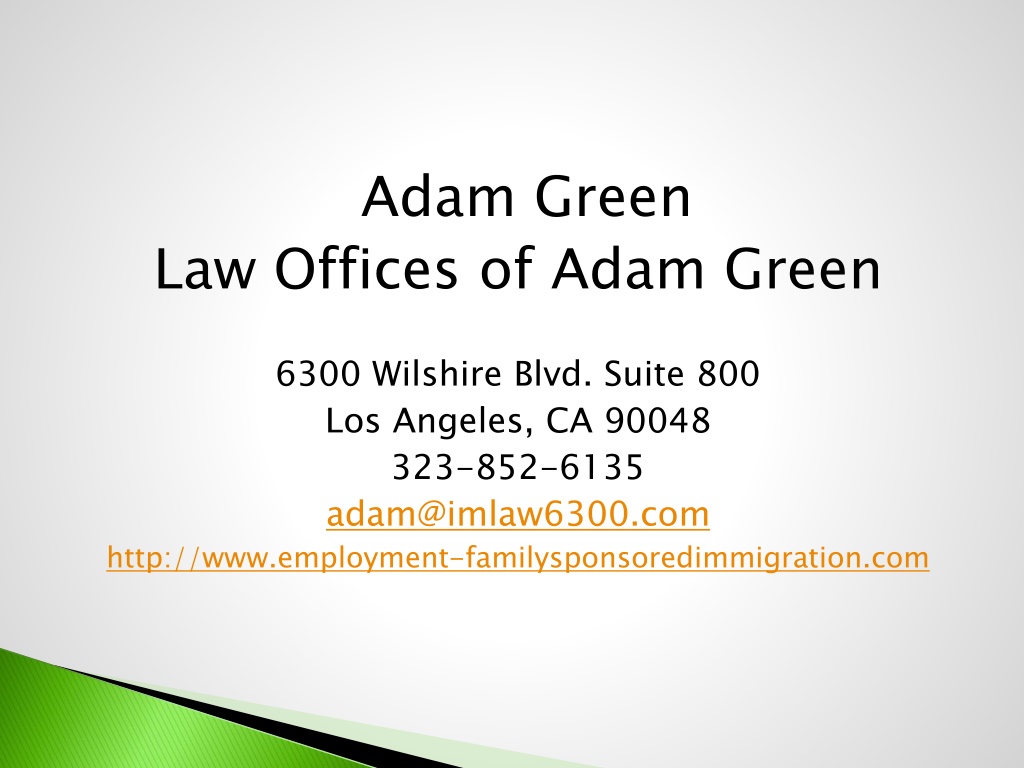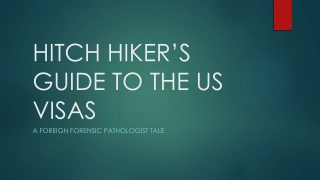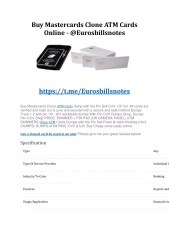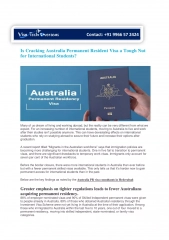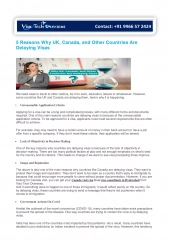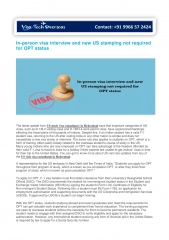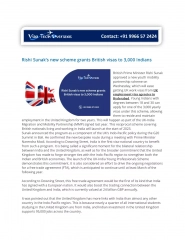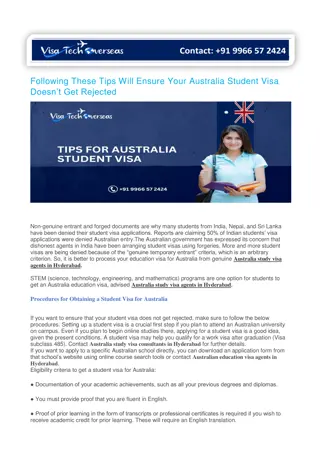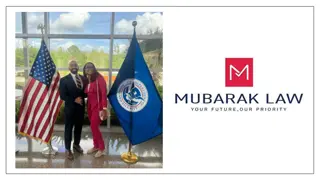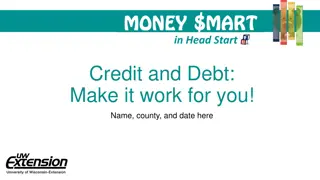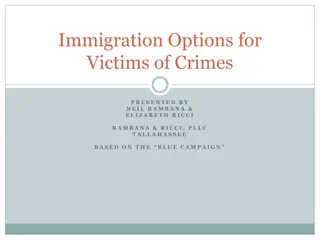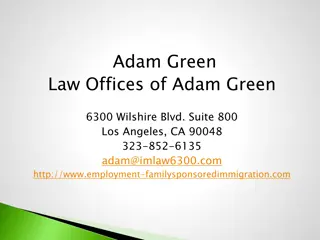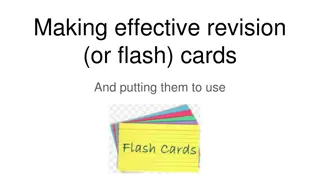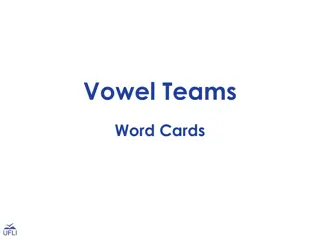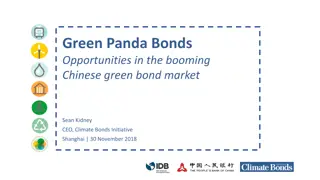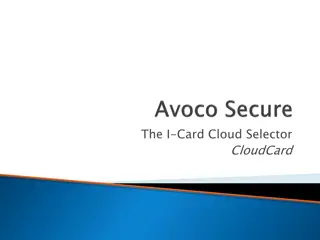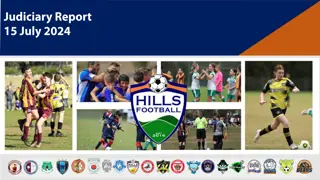Essential Information on H-1B Work Visas and Green Cards
Detailed insights on H-1B work visas, employer sponsorship requirements, degree criteria, prevailing wage considerations, startup visa applications, and extension possibilities. Learn about essential factors impacting H-1B applications, job changes, and potential extensions beyond the initial six-year limit.
Download Presentation

Please find below an Image/Link to download the presentation.
The content on the website is provided AS IS for your information and personal use only. It may not be sold, licensed, or shared on other websites without obtaining consent from the author. Download presentation by click this link. If you encounter any issues during the download, it is possible that the publisher has removed the file from their server.
E N D
Presentation Transcript
Adam Green Law Offices of Adam Green 6300 Wilshire Blvd. Suite 800 Los Angeles, CA 90048 323-852-6135 adam@imlaw6300.com http://www.employment-familysponsoredimmigration.com
H-1B Work Visas TN, E-1, E-2, E3, O1 Employer Sponsored Greencards Other Paths to a Greencard J-Visa Waivers Family Sponsored Greencards Greencards Through Love
Employer You must find a company that is willing to sponsor you. If you change jobs, you need to get a new H-1B. H-1B can be Part-Time or Full-Time. You can have multiple H-1B employers at the same time.
University level degree or equivalent required for the position. Job MUST related degree. Ex: If you have a Biology degree and you want to be a cashier at McDonalds. BAD. A Biology degree is not required to be a cashier, so NO H-1B APPROVAL. MUST require your SPECIFIC SPECIFIC or closely
Salary must be at least the prevailing wage for the position. Prevailing Wage: The US Department of Labor decides the minimum salary for a particular job in a particular location in the country. If the salary for your job is even 1 dollar lower, NO VISA. You may receive yearly bonuses, stock and/or commissions but guaranteed salary must be at least the prevailing wage.
H-1B applications for start-ups are highly scrutinized by immigration (CIS) What you need to show immigration: *$$$ (bank statements, letters from investors, contracts, etc.) *Prevailing wage salary (not just stock options) *Is your degree truly required? (e.g. Did the ad ask for a PHD? Do others in similar positions hold this degree?) *Media/buzz about your start-up Business lease, business license, photos of premises
Up to 3 years and extended up to another 3 years. You only get 6 years total. If you work for one H-1B employer for 4 years then change jobs, you only get 2 years with that second employer. But if you are in the middle of the Greencard process, it may be possible to extend H-1B past 6 years.
H-1B Application Process Is Slow Your application must go through 1 Department of Labor office and 1 Immigration office. Also, the employer can be slow. Process can take 6-9 months. Contact your lawyer or HR personnel early. Premium Processing fee and Portability FAST! If you pay the extra $2,500, 6-9 months becomes 3 weeks.
Quota issues. Do you need to be concerned? The Registration Application submitted by the employer on behalf of the employee will begin March 1. This Application will provide your job title, degree that you possess, and the name and address of your employer. Filing begins April 1 every year with an H1b start date of October 1 only for those who have been registered. 65,000 for people with a Bachelor's Degree from a U.S. University or a Bachelor's Degree, Master s Degree or PhD from a foreign university. Another 20,000 for people who possess a Master s or Ph.D. from a U.S. University. BUT, if the H1b employer is a University/College, or a non profit research organization, the employee is totally 100% exempt from the quota. Also, if the person is applying for an extension of the H1b, or is going from one H1b employer to another H1b employer (i.e. Portability ), he/she is exempt. Also, if the person was already in H1b status during the previous 6 years and now is abroad, or now in another visa status, such as F or J after having been outside the U.S. for at least a year, the person will be exempt from the quota.
H-1B Cap Gap OPT ends between April 1 and September 30. H-1B filed during F-1 Student s OPT. Request H-1B start date of October 1st. Cap Gap extension, with work permission, to September 30. But, terminated if H-1B is denied. Ask your International Student Office for its specific procedures.
Layoffs, Quitting To stay in valid status, you must apply for another visa status (e.g. back to F-1, or obtain another H- 1B) before you quit or get laid off. The application does not need to have been approved before you are laid off or quit. If you are fired or get laid off, and you have not applied for another status, you are out of status (Illegal) the next day. THERE IS A 60 DAY GRACE PERIOD THERE IS A 60 DAY GRACE PERIOD
CIS filing fee for private employer or government positions where employer has 25 or more employees is $2,460.00. i.e. basic filing fee of $460.00, $1,500.00 training fee, $500.00 anti-fraud police fee. CIS filing fee for private employer or government positions where employer has between 1-24 employees is $1,710.00. i.e. basic filing fee of $460.00, $750.00 training fee, $500.00 anti-fraud police fee.
With Premium Processing for either, add $2,500.00. Academic employers and non-profit research organizations are exempt from the training fee.
H1b1 for Singapore and Chile H1b1 for Singapore and Chile Same eligibility requirements as for H-1B. 1,400 H1b1 visas for Chileans and 5,400 for Singaporeans available each fiscal year. May apply directly at a U.S. consulate or for a change of status with USCIS.
H1b1 for Singapore and Chile H1b1 for Singapore and Chile Unlike the H-1B for other countries, must establish coming temporarily and after completion of work assignment will depart the U.S. Thus Section 214b of the law applies, which is the section of the law that also makes it difficult for people applying for F & J visas. To avoid this potential problem may request an H-1 from the general quota, if available.
H1b1 for Singapore and Chile H1b1 for Singapore and Chile Exempt from $500.00 anti-fraud police fee, but other filing fees apply. Premium Processing is Not available. Must pay at least the prevailing wage and have the Labor Condition Application (LCA) form 9035 approved.
May apply at a U.S. Consulate for the E-3 without first applying with CIS or can apply for change of visa status by filing with the CIS office in St. Albans, Vermont. 10,800 E-3 visas available each fiscal year. Same eligibility requirements as H-1B including approved Labor Condition Application (LCA).
Unlike the H-1B for other countries, must establish coming temporarily and after completion of the work assignment will depart the U.S. Thus Section 214b of the law applies, which is the section of the law that also makes it difficult for people applying for F & J visas. To avoid this potential problem may request an H-1 from the quota of 65,000, if available.
Spouse of E-3 may be granted employment authorization. E-3 may be granted in two-year increments indefinitely but beware of 214b rules. Exempt from both the $500.00 anti-fraud fee and Department of Labor training fee. Premium Processing is available.
Eligibility requirements: Profession on the NAFTA list (E.g. accountant, architect, engineer, graphic designer, research assistant, nurse, scientist, teacher, management consultant) Letter of employment Mexico: apply directly at U.S. Consulate with TN documents for visa issuance Canada: does not require visa; present TN documents at Border or airport
Employer files on behalf of worker Very high legal standard so O-1 used when H1b time has been used or person is in J visa status and still subject to the two year home residency requirement. Reserved for only the very finest in the world in the field. Must be a scientist of extraordinary ability . If qualify for the O-1 might also qualify for the EB 1 extraordinary ability green card category. But, this type of green card application (i.e. EB 1) does not require that you have an employer.
Must be a national of a country with a special treaty with the U.S. At least 50% of the business is owned by nationals of your treaty country. Treaties with 69 countries Your job must be as an executive, manager or person with specialized knowledge Treaty Trader E-1company is engaged in a substantial amount of trade between the U.S. and the country of which you are a national. Treaty Investor E-2 investment must be substantial .
When do you need to start planning to apply for permanent residence? How long does it take from the time of the filing to Greencard Can I apply for a Greencard while still enrolled in school. What about as a Postdoc or Research Assistant?
Normally apply during H-1B visa period. Might also be possible during the F-1 Stem 3 year period of OPT Greencards require a full-time job. Easy to obtain Labor Certification for full- time permanent faculty positions.
Professionals Possessing a Bachelors or Advanced Degree (or equivalent) Ability in the Sciences, Arts, (At least 40,000 visas annually) Individuals applying in this category must first obtain a Labor Certification. Professionals Possessing a Bachelor s or Advanced Degree (or equivalent) or Individuals of Exceptional Ability in the Sciences, Arts, or Business. or Individuals of Exceptional or Business. Labor Certification: a determination by the US Department of Labor that no American worker could be found for the job after a recently completed recruitment. NON FACULTY. But, fulltime faculty at a college or university must only show that the person was chosen as the most qualified of the applicants in order to be granted the labor certification from the Department of Labor. The application must be submitted within 18 months of date of selection .
National Interest Greencard National Interest Greencard is a path to permanent residence for highly qualified professionals whose work is in the National Interest of the United States. You don t need to be sponsored by an employer to obtain the National Interest Greencard. You can sponsor yourself. You don t need a Labor Certification for a National Interest Greencard.
To qualify for the National Interest Greencard, the applicant must demonstrate: (1) that he or she is working in a field of substantial national importance. (2) the promised benefits of his or her work are national in scope. (3) the applicant, by virtue of his or her personal accomplishments in the field can better serve the National Interest than a U.S. worker with the same qualifications.
You must show you serve the NATIONAL INTEREST Ex: Nanotechnology is considered very important for the future. If you are a recognized expert in nanotechnology, you could sponsor yourself for a National Interest Greencard. You must show that your work has influenced your WHOLE field Ex: You developed a computer chip that made artificial vision possible.
Diversity Visa Lottery Program Investment Visa EB5 If you are willing to invest at least $1,050,000K in a new commercial enterprise the United States and employ ten Americans, you might qualify for a greencard. The amount is $800,000 if you invest in a high unemployment area or infrastructure projects.
Own at least 10% of start up that was created in the last 5 years. Start up has received at least $264,147.00 from U.S. investors or $105,669 in U.S. government grants. Not foreign money. Investors must have a track record of successful investing. Must be a key member and play an active and central role in the new enterprise. Must show the potential for rapid growth and job creation. Parole is granted for 30 months and can extend the status. The spouse and dependents may also be admitted and granted work permission. Filing fee is $1,285.00 and form 941 is submitted to USCIS which must approve. Applicant then applies for a parole entry document at the U.S. consulate abroad or at the border if Canadian.
How do you know if you have the J visa 2 year home residency requirement? If subject, how do you get the waiver? Timeframes Can you change to another visa status or obtain the green card if you are subject?
Who may be Sponsored for a Greencard? Immediate relatives of U.S. citizens parents, unmarried children under 21 years of age and some widows and widowers. Unlimited number are eligible to immigrate each year (no quota). American Citizen Uncles, Aunts or Cousins CANNOT sponsor you for a Greencard. U.S. born child must be 21 to sponsor parents Immediate relatives of U.S. citizens spouses,
Categories of family sponsored preferences that have yearly quotas. 1. of U.S. citizens. 2A. Spouses and unmarried children under the age of 21 of permanent residents. 2B. Unmarried sons and daughters age 21 or older of permanent residents. 3. 4. Brothers and sisters of any age of U.S. citizens who are at least 21 years of age. (Wait time about10-20 years) Unmarried sons and daughters age 21 or older Married sons and daughters of U.S. citizens.
Wait times for sponsoring family members are very LONG. (But not if marrying a US Citizen.) Being in the queue DOES NOT entitle you to remain in the U.S. during the family waiting period. If you are in the U.S., you must be in lawful status.
Marriage to an American Citizen Processing time is 9-12 months. Can apply for US citizenship 3 years later.
